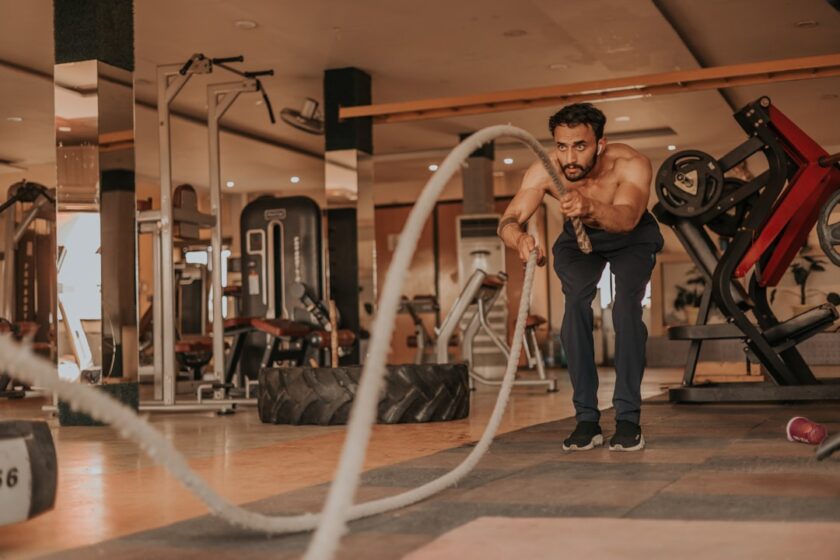Introduction
Having good posture is essential for overall health. Poor posture can lead to various issues, including back pain, neck strain, and fatigue. Fortunately, there are several practical techniques you can incorporate into your daily routine to improve your posture. Here are ten effective posture improvement tips to help you stand tall and feel your best.
1. Be Mindful of Your Sitting Position
Many people spend a large portion of their day sitting, often leading to poor posture. Here are tips to improve your sitting position:
- Keeps your feet flat on the floor or on a footrest.
- Ensure your knees are at or below hip level.
- Use a chair that supports your lower back.
- Position your screen at eye level to avoid leaning forward.
Check Your Chair
Investing in an ergonomic chair can make a significant difference in maintaining good posture while sitting.
2. Strengthen Core Muscles
Strong core muscles provide the necessary support for your spine. Exercises that target your core include:
- Planks
- Bridges
- Russian twists
- Pilates exercises
3. Stretch Frequently
Regular stretching helps release tension in tight muscles and improves flexibility. Incorporate stretches such as:
- Neck rolls
- Shoulder shrugs
- Chest openers
- Hamstring stretches
Set Reminders
Using a timer or a reminder app can help you remember to stretch during long sitting periods.
4. Adjust Your Workspace
Your workspace setup can significantly impact your posture. Ensure the following:
- Your chair is the right height.
- Your monitor is at eye level.
- Your keyboard is positioned so that your elbows are at 90-degree angles.
- Keep frequently used items within easy reach to avoid stretching.
5. Practice Good Footwear Habits
What you wear on your feet affects your posture. Consider these tips:
- Choose shoes with proper arch support.
- Avoid high heels when possible.
- Wear comfortable footwear, especially if standing for long periods.
6. Focus on Your Breathing
Proper breathing techniques can influence your posture. Here’s how to breathe for better support:
- Practice diaphragmatic breathing: breathe deeply into your belly rather than your chest.
- Take regular deep breaths, particularly when feeling tense or stressed.
Mindfulness and Posture
Pair mindfulness techniques with your breathing exercises to enhance the benefits.
7. Engage in Regular Exercise
Regular physical activity helps maintain a healthy body and fosters better posture. Aim for exercises that promote:
- Strengthening
- Flexibility
- Balance
8. Utilize Posture Correctors
Posture correctors can provide additional support and serve as reminders to maintain good posture. Consider options such as:
- Braces
- Therapeutic tape
- Ergonomic devices
9. Lead with Your Chest
Practice consciously leading with your chest to encourage proper alignment. When walking or standing, think about:
- Keeping your shoulders back and relaxed.
- Engaging your core for support.
10. Get Regular Check-ups
A healthcare professional can provide personalized advice on posture improvement. Regular check-ups can help you:
- Identify any underlying issues affecting your posture.
- Receive tailored exercises or therapies.
Conclusion
Improving your posture is a journey that requires consistency and awareness. By implementing these posture improvement tips, you can enhance your health, alleviate discomfort, and improve your quality of life. Remember, small changes can lead to significant results over time!



